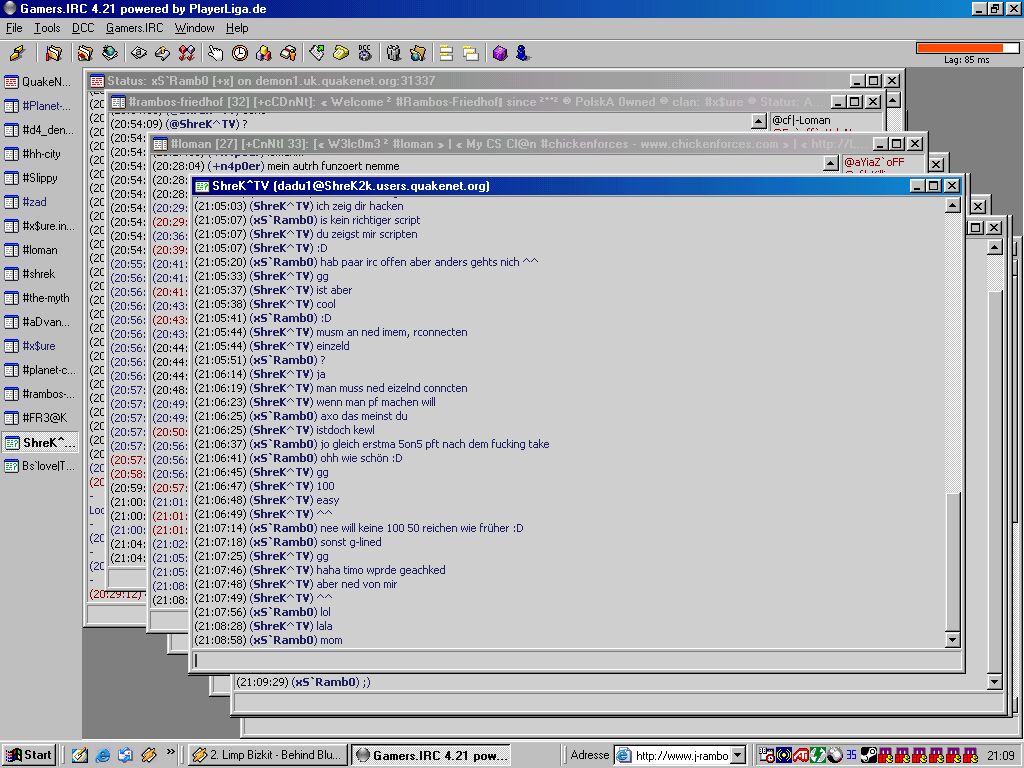

The "we" or the collective identity that results is structured around others who are seen as similar to the "me". "Community, then, is built by a sufficient flow of "we-relevant" information.

"Usenet Communities and the Cultural Politics of Information" (pág. Furthermore, if no one can be prevented from reading or writing to the group, there must be some way of distinguishing between those posters to the group who are actually "in" the group and those who are still "outside" it, and all this must be accomplished through asynchronous textual production, with none of the verbal or visual cues that are so crucial to traditional notions of subcultural formation" These subcultures require maintenance: posters must recognize and adhere to the group's standards, and new readers must be trained in the group's ways. Different newsgroups attract different sorts of readers, or at least different styles of posting, and subcultures are formed within the large and heterogeneous Usenet Culture. "In spite of or rather because of these difficulties in finding an implicit common ground, communities with explicit standards of behavior and self-definitions continue to form on Usenet. "Virtual Community in a Telepresence Enviornment" (pág.

These principles inlcude: clearly defined group boundaries rules for use of collective goods that are consistent with needs access to participation in rule modification independence from external authorities a system for member behavior monitoring graduated sanctions and access to conflict resolution mechanisms." "Kollock and Smith (1994), for example, illustrate the creation of community in usenet by analyzing newsgroup postings according to Ostrom's (1990) design principles of communities which produce and maintain collective goods.


 0 kommentar(er)
0 kommentar(er)
